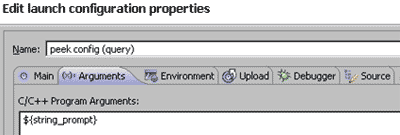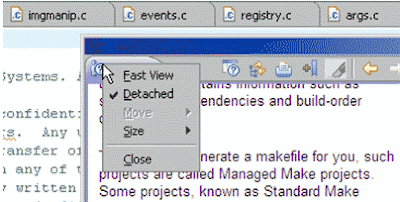
Yeah, I know: "ng Connect LTE Connected Car" sounds a little repetitious. But the emphasis on connectivity is apropos. This
concept car, a joint project of QNX and Alcatel-Lucent, is all about exploring what happens when you connect cars to 4G/
LTE wireless broadband networks.
Take, for example, voice recognition in the car. Today, it’s a relatively primitive affair, using grammars and speech models limited by onboard processing and storage. But once you add a reliable, high-speed pipe like LTE, the car’s infotainment unit can use a sophisticated, server-based system that lets the driver use natural language. Suddenly, ease of use goes up and driver distraction goes down.
This is but one small example. Other in-car applications could include:
- on-demand movies, streamed or downloaded
- access to personally recorded TV programs via Cloud storage
- in-vehicle Internet radio and on-demand music stores
- multi-player online gaming
- remote control of home systems: security, climate control, lighting, etc.
- a Wi-Fi hotspot that allows personal devices to connect to the Cloud
- GPS navigation augmented by Google Maps point-of-interest indicators
When people see the Connected Car, the first thing they ask is, "So, when can I get one?". But that's not the point. The Connected Car is, in fact, a proving ground for next-generation automotive apps. QNX and Alcatel-Lucent created it to ensure that, when LTE networks become pervasive 2 to 4 years from now, automakers will be ready to deliver applications that take full advantage of this broadband technology.
Guided tour
Enough background. Let's take a look at the car itself.
The first thing you notice is that it contains 4 screens, two in front and two in back. These all operate independently, allowing each car occupant to interact with their own applications and content. In fact, each screen can remember a user's preferences and settings — the idea is to deliver a user experience that isn't only connected, but personalized as well.
For example:
Driver screen — Access to advanced navigation, vehicle diagnostics, hands-free communication, and other driver-centric services:
 Front passenger screen
Front passenger screen — Access to home control, "myPVR", and other applications:
 Backseat screens
Backseat screens — Access to on-demand video, gaming, social networking, and a full range of other services:

QNX Software Systems provided the software foundation for all the infotainment systems in the Connected Car. This includes the operating system, touchscreen user interfaces, streaming media players for YouTube and Pandora, navigation system with Google local search, Bluetooth and portable device connectivity, multimedia playback, handsfree integration, climate controls, Adobe Flash games, application store technology, and a virtual mechanic. All components are based on the company’s
QNX CAR application platform.
Atlantic Records, chumby, Kabillion also contributed applications to the Connected Car.
For details on the Connected Car project, check out the
ng Connect website.
I'll report more on this project in the coming days and weeks.
 Yesterday, I was regaling my colleagues with an urban legend about Hershey's kisses. It goes something like this: Decades ago, factory workers wrapped the kisses by hand. To speed up the process, some workers would lick the bottom of each kiss before placing it on the wrapping paper — this practice ensured that the kiss stayed in place while being wrapped.
Yesterday, I was regaling my colleagues with an urban legend about Hershey's kisses. It goes something like this: Decades ago, factory workers wrapped the kisses by hand. To speed up the process, some workers would lick the bottom of each kiss before placing it on the wrapping paper — this practice ensured that the kiss stayed in place while being wrapped. 










































